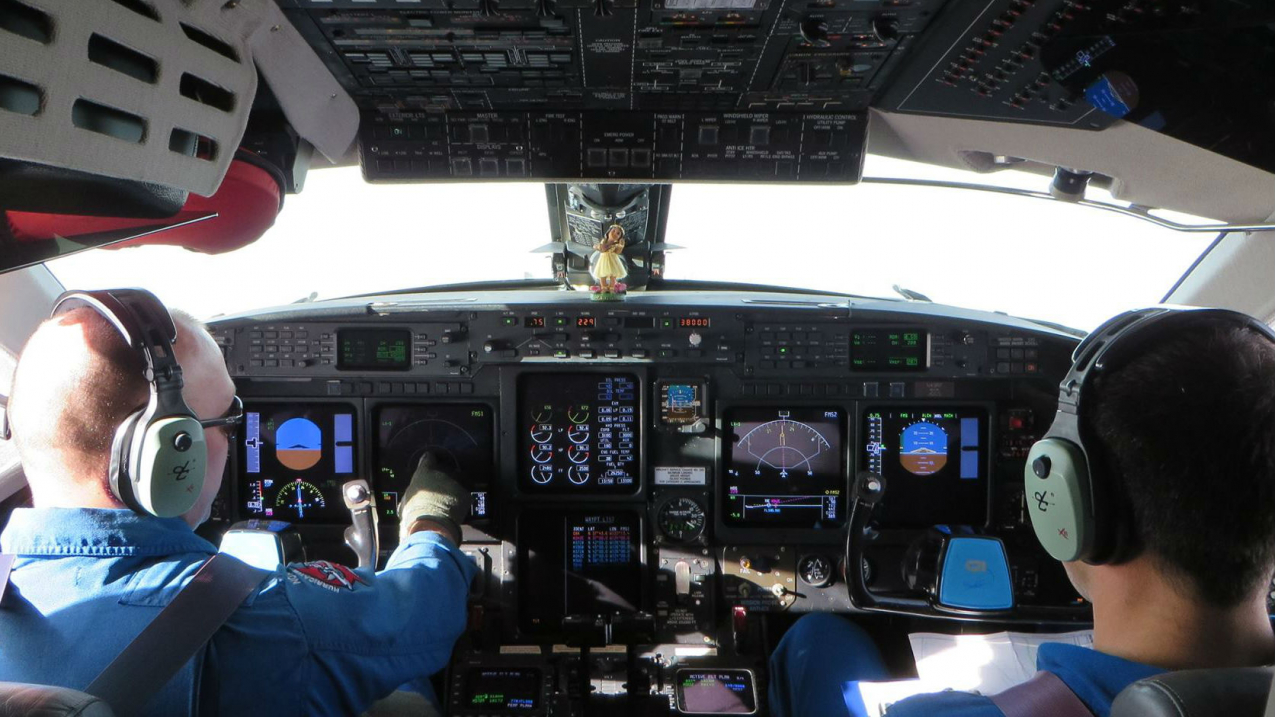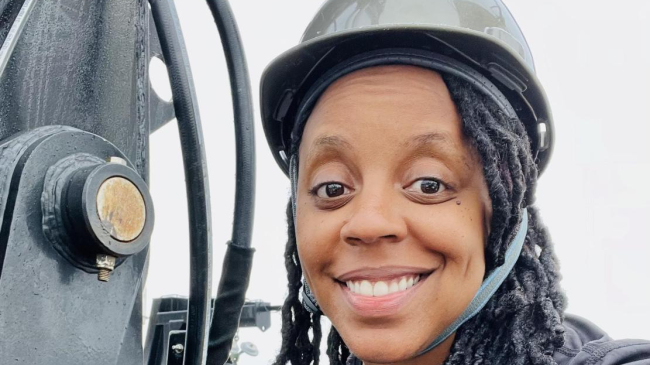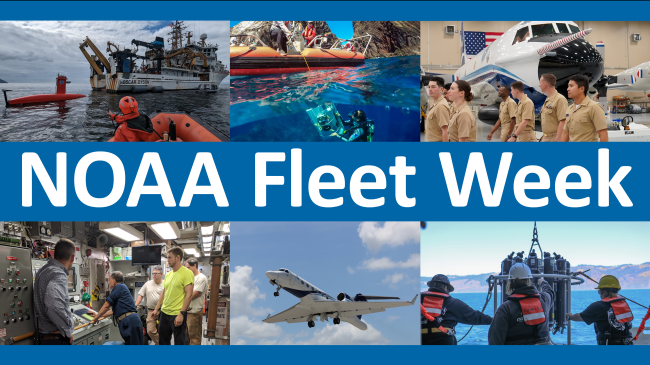
Updates to the WMM ensure accurate navigation is available to pilots like NOAA's G-IV flight crew. (Image credit: NOAA)
NOAA and Kansas State University (K-State) Salina Aerospace and Technology Campus signed an agreement today to collaborate on a first-of-its kind program to prepare students to serve as officers and pilots with the NOAA Commissioned Officer Corps (NOAA Corps), one of the nation’s eight uniformed services.
NOAA Corps officers pilot NOAA’s specialized aircraft and support a variety of missions, including hurricane research, reconnaissance and surveillance, marine mammal and snow surveys, coastal mapping and emergency response.
“Training Kansas State University pilots to serve in the NOAA Corps while pursuing their undergraduate degree streamlines the training process and produces skilled and specialized pilots,” said U.S. Senator Jerry Moran. “This partnership between NOAA and Kansas State Aerospace and Technology Campus offers students an exciting new career opportunity conducting hurricane research, surveillance and emergency response as part of the corps. I was honored to play a role in creating this invaluable partnership.”
Under the agreement, NOAA and K-State Salina will develop an undergraduate program to equip students with the science, technology, engineering and math skills required to join the NOAA Corps. The new program, to be piloted at the K-State Salina Aerospace and Technology Campus, will include dynamic flight training.
“We are excited to partner with K-State Salina on this groundbreaking academic program to prepare students for a successful career in the NOAA Corps,” said Rear Adm. Nancy Hann, deputy director of the NOAA Corps and NOAA Office of Marine and Aviation Operations (OMAO). “We look forward to working with the university to build our capacity to conduct science in the sky in service to the nation.”
Currently, most NOAA Corps officers begin their careers serving aboard a NOAA ship with the opportunity to pilot NOAA aircraft following their sea tour if they meet the appropriate requirements. Under this new agreement, students who successfully complete the NOAA-K-State Salina aviation program and subsequent basic officer training at the NOAA Corps Officer Training Center in New London, Connecticut, will immediately begin supporting NOAA flight operations.
"We are excited for our students to graduate with the skills necessary for this type of service and transition directly into their NOAA career,” said Alysia Starkey, chief executive officer and dean of K-State Salina. “This is another way our campus is broadening the talent pipeline to industry as we become a global leader in aerospace.”
NOAA and K-State Salina will issue a call for applications once the new program is fully developed. Meanwhile, the NOAA Corps continues to accept applications from anyone who meets the service’s basic eligibility requirements and is prepared to serve their country in uniform.
NOAA’s fleet of aircraft and ships is operated, managed and maintained by OMAO, which is composed of civilians and NOAA Corps officers. NOAA is an agency of the U.S. Department of Commerce.
K-State Salina has a modern fleet of more than 30 aircraft and is located adjacent to a 12,300-foot runway. K-State Salina's training environment is ideal for preparing pilots for NOAA service. The wide variation in climate provides students flight experience in diverse weather such as high winds, convective activity, low visibility, heat and cold.
Media contacts
David Hall, NOAA, david.l.hall@noaa.gov, 240-429-8042
Lindsey Dreiling, K-State Salina, lindseydreiling@ksu.edu, 785-826-2601



